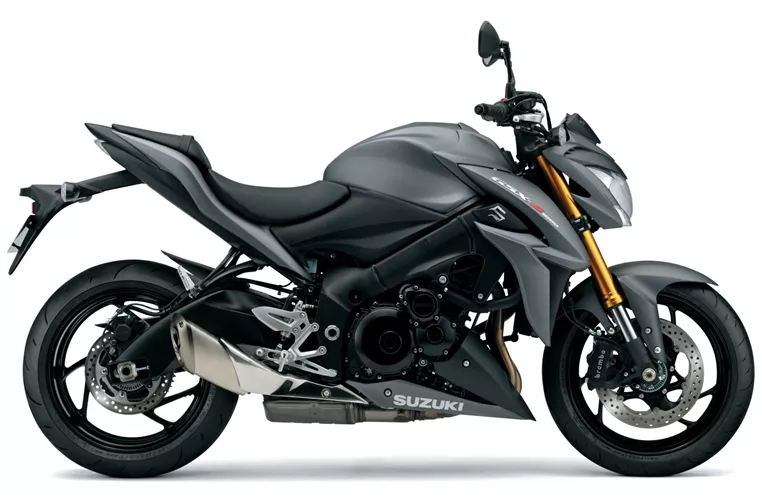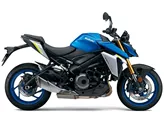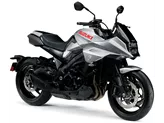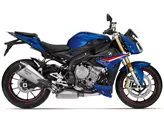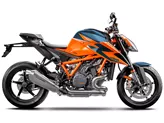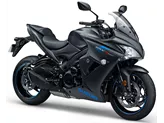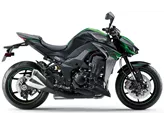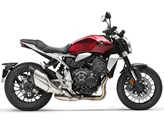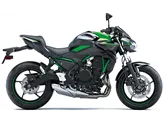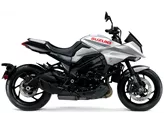Kawasaki Z1000 R 2017 vs. Suzuki GSX-S1000 2015

Kawasaki Z1000 R 2017

Suzuki GSX-S1000 2015
Vue d’ensemble - Kawasaki Z1000 R 2017 vs Suzuki GSX-S1000 2015
The Kawasaki Z1000 R 2017 and the Suzuki GSX-S1000 2015 are both powerful naked bikes with similar technical specifications. However, there are some notable differences between the two models.
Starting with the engine, the Kawasaki Z1000 R 2017 is equipped with a 1043cc inline-four engine that produces 142 horsepower and 111 Nm of torque. On the other hand, the Suzuki GSX-S1000 2015 features a slightly smaller 999cc inline-four engine that delivers 149 horsepower and 106 Nm of torque. Both engines are fuel-injected and liquid-cooled, providing efficient and reliable performance.
In terms of suspension, both bikes feature upside-down telescopic forks in the front and swing arm suspension with a monoshock in the rear. The Kawasaki Z1000 R 2017 offers adjustable compression, preload, and rebound settings for both the front and rear suspension, allowing riders to fine-tune their riding experience. The Suzuki GSX-S1000 2015, on the other hand, only offers adjustable preload and rebound settings for the rear suspension.

Kawasaki Z1000 R 2017
When it comes to the chassis, both bikes have aluminum frames, providing a lightweight and rigid structure. However, the Kawasaki Z1000 R 2017 features a double cradle frame, while the Suzuki GSX-S1000 2015 has a twin tube frame. Both frames offer stability and precise handling, but the double cradle frame of the Kawasaki may provide slightly better overall performance.
In terms of braking, both bikes are equipped with double disk brakes in the front with a diameter of 310mm and four-piston calipers. The Kawasaki Z1000 R 2017 features radial, monoblock, petal technology for its front brakes, while the Suzuki GSX-S1000 2015 uses radial technology. Both bikes offer strong and reliable braking performance.
In terms of dimensions and weights, both bikes have front and rear tires with a width of 120mm and a diameter of 17 inches. The rear tires have a width of 190mm. The Kawasaki Z1000 R 2017 has a slightly shorter wheelbase of 1435mm compared to the Suzuki GSX-S1000 2015's 1460mm. Both bikes have a seat height of 815mm and a fuel tank capacity of 17 liters.

Suzuki GSX-S1000 2015
In terms of strengths, the Kawasaki Z1000 R 2017 is praised for its powerful engine and high-quality chassis, providing a stable and precise riding experience. It offers a true naked bike feeling without the hecticness of a supersport bike. On the other hand, the Suzuki GSX-S1000 2015 is known for its legendary Suzuki engine, sharp sound, and harmonious tuning. It also features strong brakes and a taut chassis.
However, both bikes have their weaknesses. The Kawasaki Z1000 R 2017 has a limited steering angle, which may affect maneuverability in certain situations. It also lacks a shift assistant, which can be a disadvantage for riders who prefer quick and smooth gear changes. The Suzuki GSX-S1000 2015 is based on an older design, which may result in weaker performance in the higher rev range. It is also noted for its load change characteristics.
In conclusion, both the Kawasaki Z1000 R 2017 and the Suzuki GSX-S1000 2015 are powerful naked bikes with their own strengths and weaknesses. The Kawasaki offers a powerful engine and high-quality chassis, while the Suzuki features a legendary engine and pleasing design. Ultimately, the choice between the two models depends on the rider's preferences and priorities.
Caractéristiques techniques Kawasaki Z1000 R 2017 par rapport à Suzuki GSX-S1000 2015
Avantages et inconvénients en comparaison
Avantages et inconvénients en comparaison
Kawasaki Z1000 R 2017

Bien sûr, sur le papier, la Z1000R est inférieure aux Powernakeds actuels et, dans un classement classique, elle perd aussi face à la Z900, tout simplement parfaite. MAIS elle reste fascinante à l'état pur. Tout le monde ne l'aimera pas, mais certains l'adoreront. C'est une moto d'homme vraiment masculine, avec un moteur très souverain et un châssis de l'âge d'or des nakedbikes. La Z1000R est toujours une vraie nakedbike de Supersport Gene - avec ses avantages et ses inconvénients.
Suzuki GSX-S1000 2015
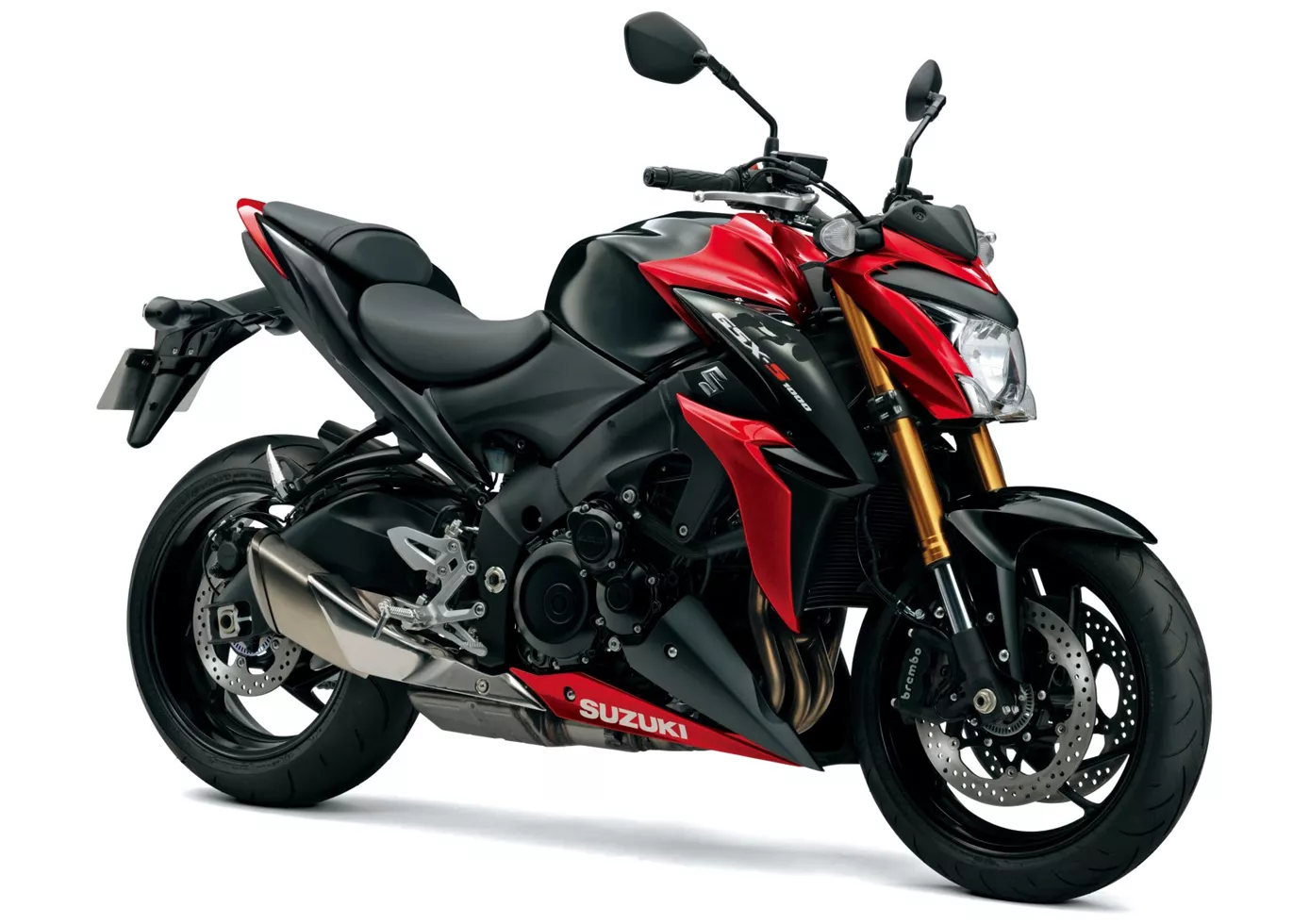
La GSX-S1000 est une moto honnête en termes de performances et de conduite. On obtient même plus que ce qui est indiqué sur le papier, mais pour cela, il faut d'abord que le quatre cylindres en ligne monte en régime. En tant que pilote, on a en tout cas l'impression d'être encore aux commandes, même si la GSX-S n'est plus totalement dépourvue de systèmes d'assistance à la conduite de série - qui fonctionnent très bien. Le contact avec la route est direct, la dynamique est précise et transparente. Ce n'est pas seulement du point de vue du design que cette moto naked peut encore faire plaisir pendant de nombreuses années, la base un peu vieillissante est vite oubliée.
Comparaison des prix Prix moyen du marché Kawasaki Z1000 R vs Suzuki GSX-S1000
There are a few key differences between a Kawasaki Z1000 R 2017 and a Suzuki GSX-S1000 2015. In terms of price, the actual average price of a Kawasaki Z1000 R 2017 is about 109% higher. Compared to Suzuki GSX-S1000 2015 there are less Kawasaki Z1000 R 2017 bikes available on the 1000PS.de Marketplace, specifically 4 compared to 6. It takes less time to sell a Suzuki GSX-S1000 with 86 days compared to 173 days for the Kawasaki Z1000 R. Since model year 2017 1000PS.de editors have written 2 reviews for the Kawasaki Z1000 R and 36 reviews for the Suzuki GSX-S1000 since model year 2015. The first review for the Kawasaki Z1000 R was published on 6/2/2017 and now has more than 46,400 views. This compares to more than 17,100 views for the first review on Suzuki GSX-S1000 published on 9/27/2014.

